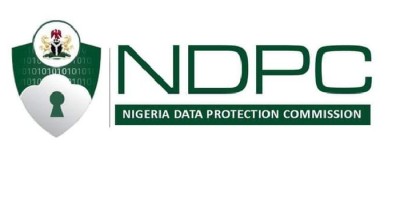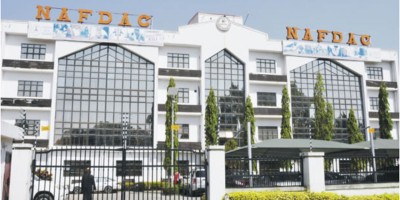Way Out Of Recession Series: Rethinking Infrastructure Development
Posted on Tue 21 Feb 2017
- Download Resource
INFRASTRUCTURE FINANCING MECHANISMS AND INVESTMENT OPPORTUNITIES
As the largest economy in Africa and most populous black nation on earth, demographic data presents Nigeria as a global economic frontier with high rates of returns on investments. Latest country data include:
-
Population of about 170 million people half of whom are youths
-
Population projected to surpass that of the US by 2050 – World Population Prospects Report, United Nations, 2013
-
Largest market for consumer goods and services on the continent
-
Highest and fastest mobile telecoms penetration rates on the continent
-
Largest producer of crude oil in Africa and 8th in the world
-
Nineth (9th) largest proven reserve for natural gas in the world
-
Large deposit of diverse solid mineral resources
-
Uncultivated vast arable land
-
Africa’s regional economic hub
Going forward, Nigeria’s bourgeoning population and increasing urbanization are all going to exert great pressure on the existing inadequate infrastructure and will compel a scale-up in infrastructure spending on housing, social amenities, health, education, road networks and energy (power, oil & gas). This provides viable investment options for investors in areas of hard/physical and soft infrastructure if Government will take steps to provide necessary investment comfort.
Nigeria’s wide infrastructure gap currently requires that new thinking and new approach be adopted in the planning, financing, development and maintenance of infrastructure projects. The dominant role played by the government in the past had only created inefficient, huge public utilities and decaying, poorly maintained infrastructure; confirming argument in certain quarters that government, unlike private enterprises, is not good in handling profitable business entities. Trillions of Naira has been spent in the name of turn-around maintenance and new infrastructure projects in the past; with little or nothing to show for it. Time indeed has come, for the government to create conducive legal and regulatory framework backed by reliable political will for giving the private sector the opportunity to take the lead in the development of critical infrastructure.
Efforts being made by the government to “spend our way out of recession” are noted. Whilst fiscal measures are good, they are not sufficient and would need to be complemented by private sector capital for optimum performance; especially now that government’s purse is lean due to the falling forex earnings. Developmental efforts that can be funded by private sector funds should be given to the private sector under a clearly articulated PPP policy and defined regulatory/legal framework, in order to free scarce public funds for other social developmental initiatives which are not suited to private sector funding. The expansionary budget plan contained in the government’s Medium Term Expenditure Framework and Fiscal Strategy Paper (2017 – 2019) anticipates deficit financing of critical infrastructure through sourcing of funds from both the domestic and international capital markets. PPP initiatives can effectively be strategically deployed to meet government’s needs in this area.













